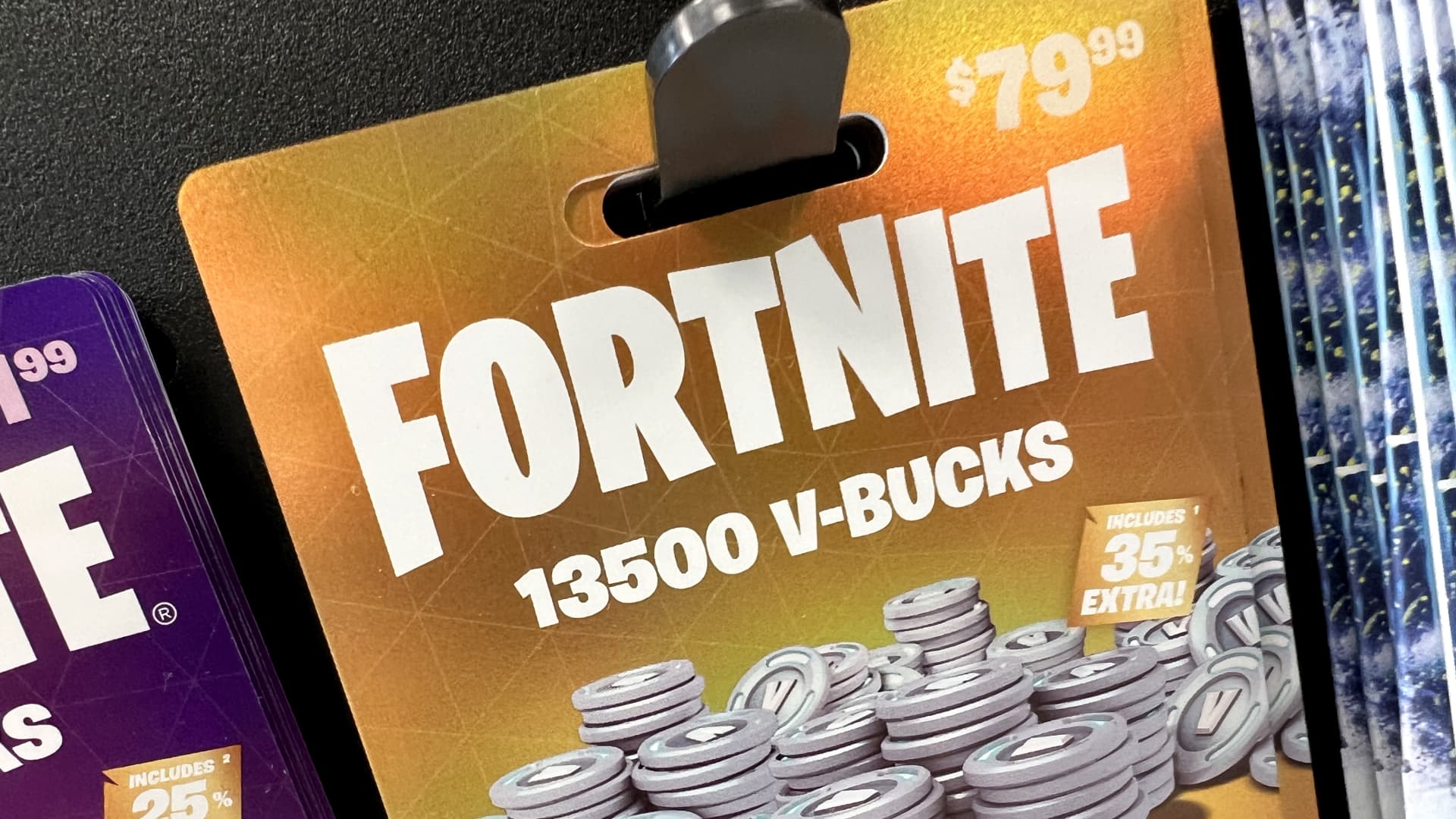The video game industry cannot quit microtransactions.
In fact, two of the largest video game companies in the United States â€â€Ã‚ Electronic Arts and Take-Two Interactive â€â€Ã‚ now make the overwhelming majority of their money from live-service games, subscriptions and in-game purchases, according to their recent earnings reports.
Microtransactions are purchases that users make inside a game using real money. They show up as subscriptions, virtual currencies, and character customization options, among other examples.
Popular live-service titles such as Fortnite, Call of Duty: Warzone, and Clash Royale were built around this revenue model. Game publishers must provide updates throughout certain game life cycles to retain player attention, which is where the term “live service” comes from. Gamers pay for those updates through season passes or subscriptions.
Gamer backlash from the early attempts at in-game purchases caused the video game industry to shift its approach to these subscriptions and bundling purchasable content.
“The industry is really moved to more of a what they call a battle pass system, or some kind of packaging of seasonal content,” said Mat Piscatella, executive director of video games at Circana. “Those systems have found much warmer response because I think people are finding that they’re getting more value, and more reliable value for their money.”
In-game spending has become a high-stakes issue in addition to a lucrative business. Electronic Arts’ live-services operations made the company $5.6 billion in its most recent quarter, according to the company’s latest earnings report. Epic Games, which created the popular Fortnite franchise, took Apple to court over an in-game payment system that the developer released inside Fortnite in order to bypass Apple’s App Store fees. In Europe, app stores and so-called loot boxes are a major focus of tech regulators.
Watch the video above to learn more about microtransactions, the backlash involved, and where the industry goes from here.
Read the original article here


